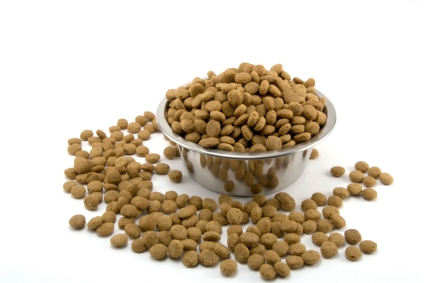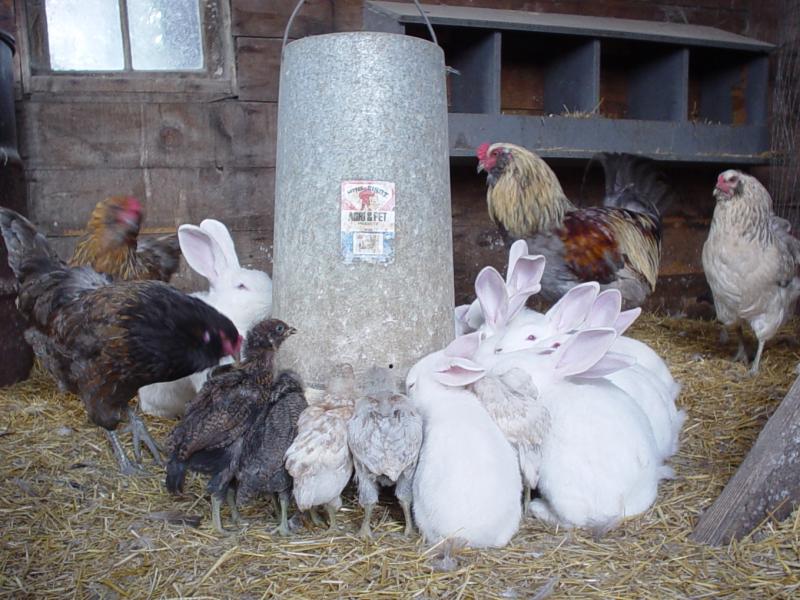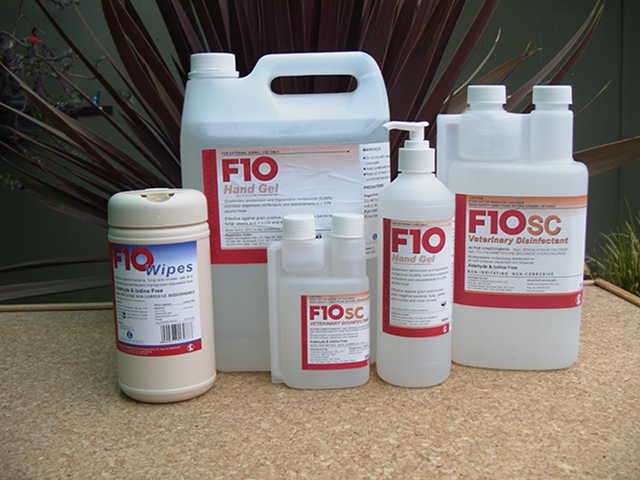Lets now look at some specific sustainability issues of Pet Food

Drivers of change
- Humans want a more whole food diet, therefore start looking at one for their pets
- Pet owners want to provide environmental enrichment for their pets - food is one way to do this (chewing, hiding it so they can hunt for it and so forth)
- The majority of pet owners look for convenience as well as wanting to do the best by their pets.
- The food miles travelled by commercial brand pet foods are huge, and even bigger when you consider the individual components travelling to the site of processing. However it is worth noting: Shipping has by far the lowest footprint of any type of transport, what we really have to be worried about is people getting in their cars to drive to the supermarket and transporting products by truck across country (country of origin and country where product will be sold).
- Unsustainable sourcing of some products e.g. Marine products, but also need to consider the unsustainable practice of growing mono culture crops over large areas (e.g. grain sources)
- Meat production for food is highly energy intensive (more than processing and packaging)
- Processing is highly energy intensive.
- Increasing numbers of domestic pets in the western world - which means increasing demand for pet foods.
- More disposable income of pet owners to sped treating pets keeping them alive longer - and specialised nutrition is used for many of these
- A growing movement for raw feeding, but only anecdotal evidence to support it
- Increasing corporatism of commercial pet foods - under ownership of some of the main food companies in the world e.g. Royal Canin by Nestle, Hills by Colgate Palmolive, Eukanuba by Mars. Increasing corporatism is changing money distribution making the rich richer and the poor poorer, which is breaching system condition 4 let alone other breaches these multi-nationals make all the time.
- The continued funding of the veterinary profession by the premium pet food brands - very real potential for bias towards premium commercial pet food brands
- Research funding dollars come from the multi-nationals, which own the premium brands, so it is difficult to find truly unbiased research
- People are convinced by the marketing hype that the only way to give your pet the best is to feed a premium brand commercial pet food so are put off exploring other options and also the overall sustainability of what they are feeding, as giving their pet the best nutrition is the primary concern.
- The unsustainable marketing juggernaut that is pet food sales and marketing.
- New emergent diseases that can be associated with the advent of the commercial pet food industry - acknowledging though that other diseases have all but disappeared (e.g. rickets)
- Up to 50% of food produced for consumption in the western world ends up wasted - people no longer find this acceptable.
- Lack of unbiased evidence-based educational resources for people who choose to feed whole foods, similar to the education provided to parents about what to feed children.
 |
| Image source |
Vision when 4 system conditions are being met
- Locally sourced food from sustainable sources - think rabbits/chickens rather than beef and fish for lower environmental impact.
- Use unpoisoned vermin and pests such as possums (in NZ) as part of the diet
- Less processing - therefore less waste, less energy intensive
- Energy used is renewable
- Less miles travelled for food from production to consumption
- Pet owners travel by sustainable methods of transport (walk/cycle) to purchase pet foods or products to be fed to their pet.
- Better use of waste products from human consumption - so less waste from that industry
- Research that supports and guides pet owners in local food feeding to their pets
- No or limited packaging - any packaging ideally compostible or recyclable and then compostible (e.g. cardboard making a closed material loop).
- A swing towards pets that provide a food source for humans e.g chickens, rabbits and/or limits to the number of cats/dogs per household or going back to only keeping pets that have a purpose, on top of companionship e.g. cat that keeps the rodents away, a dog used as part of a waste disposal system.
- Allowing pet owners to take more control of their pets health, rather than relying on commercial multi-nationals - clear guidelines on how to effectively feed their pets using local food, following quality unbiased research
- Pet food producers operate on carbon neutral, zero waste basis - this will require significant change.
- All pet foods required to state carbon footprint
- All faeces from dogs/cats are disposed of in a way that is not damaging to the environment.
There is so much more to this discussion - this blog is really just touching on it and trying to open up some discussion. There are ins and outs of all of the above. If you want to dig more into this then a suggested purchase is Time to eat your dog by Robert and Brenda Vale. What is interesting to note in this book is that if you compare a dog fed a dry food diet compared to one fed an appropriate "human" diet, the footprint of the dry food diet is roughly half. What does not appear to be in this book though is the marketing juggernaut associated with the dry pet food which surely must have an impact.
For me, just what I have researched and written here tells me that the focus needs to be on thinking carefully about pet ownership and making sure we select wisely if we decide we need a pet to one that could be eaten or has a function in society such as for rodent control or as guide dog and that very statement I have made is going to be significantly challenging to the people this blog is for!
Looking forward to your thoughts and feedback
Have a great week.
For me, just what I have researched and written here tells me that the focus needs to be on thinking carefully about pet ownership and making sure we select wisely if we decide we need a pet to one that could be eaten or has a function in society such as for rodent control or as guide dog and that very statement I have made is going to be significantly challenging to the people this blog is for!
Looking forward to your thoughts and feedback
Have a great week.







